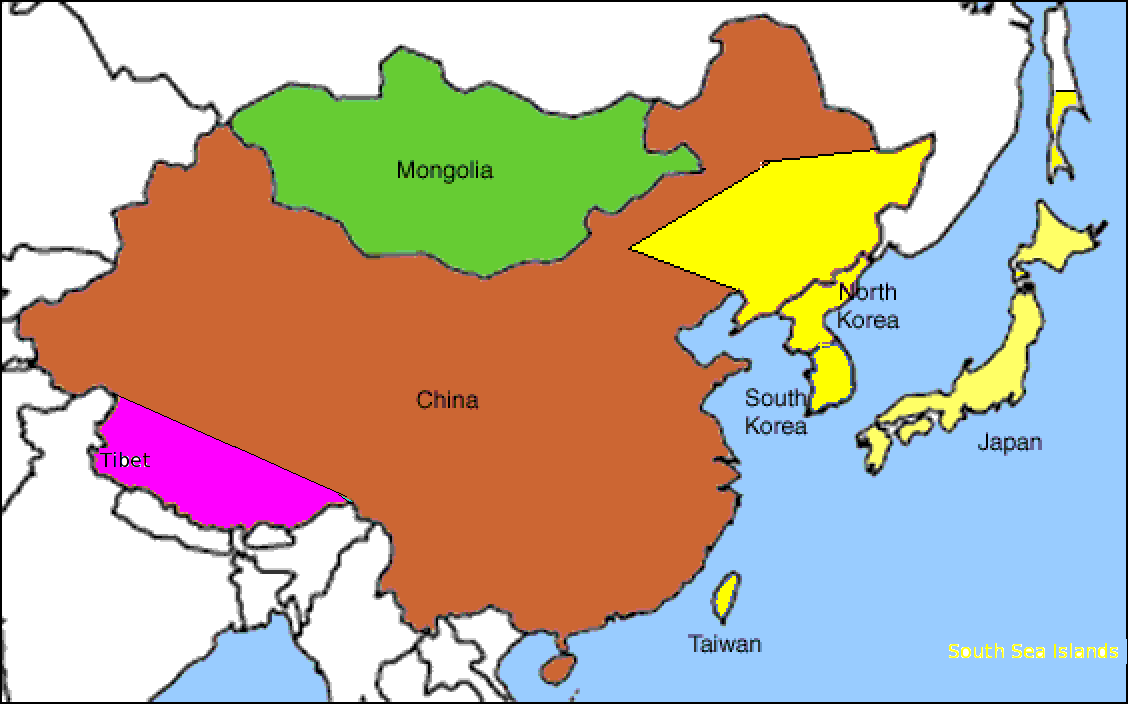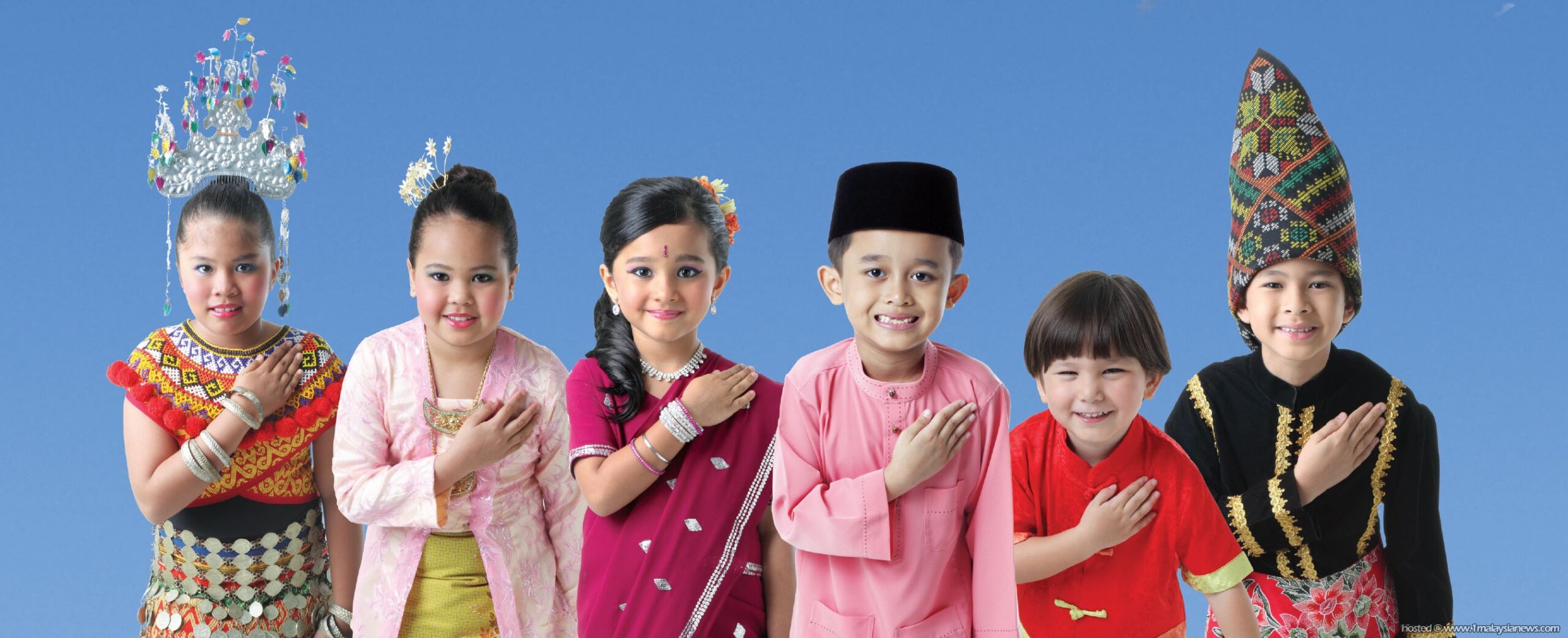What Defines East Asia?
Geographical Boundaries
East Asia is located in the eastern part of the Asian continent and is bounded by the Pacific Ocean to the east. The region includes both continental and island nations, each contributing to the diverse landscape of East Asia. The geographical boundaries are not strictly defined, as some definitions of East Asia can vary slightly depending on the context. However, the countries typically considered part of East Asia include China, Japan, South Korea, North Korea, Mongolia, and Taiwan.
Cultural and Historical Context
East Asia is characterized by shared cultural practices, historical ties, and influences that have shaped the region over millennia. Confucianism, Buddhism, and Taoism are some of the major philosophical and religious influences that have permeated East Asian societies. Additionally, the region has a rich history of political and economic interactions, from ancient trade routes to modern-day economic collaborations.
The Countries of East Asia
China
Overview
China is the largest country in East Asia, both in terms of land area and population. It is also one of the oldest continuous civilizations in the world, with a history spanning over 5,000 years.
Geography
China’s geography is incredibly diverse, ranging from the arid deserts of the northwest to the fertile plains of the east and the mountainous regions in the south. The Yangtze and Yellow Rivers are two of the most significant waterways in the country.
Culture and Society
China is known for its rich cultural heritage, including traditional Chinese medicine, martial arts, calligraphy, and cuisine. The country is also home to numerous UNESCO World Heritage Sites, such as the Great Wall, the Forbidden City, and the Terracotta Army.
Fun Fact
China is the world’s most populous country, with over 1.4 billion people.
Japan
Overview
Japan is an island nation located in the Pacific Ocean, known for its advanced technology, unique culture, and significant historical impact.
Geography
Japan consists of four main islands: Honshu, Hokkaido, Kyushu, and Shikoku, along with numerous smaller islands. The country is known for its mountainous terrain, active volcanoes, and frequent seismic activity.
Culture and Society
Japanese culture is renowned for its traditions, such as tea ceremonies, ikebana (flower arranging), and martial arts like judo and karate. Japan is also famous for its contributions to literature, cinema, and cuisine, particularly sushi.
Fun Fact
Japan has one of the world’s highest life expectancies, with many people living well into their 80s and 90s.
South Korea
Overview
South Korea, officially known as the Republic of Korea, is a highly developed country known for its technological advancements, pop culture (K-pop), and rich history.
Geography
South Korea occupies the southern part of the Korean Peninsula and is characterized by its mountainous terrain, coastal plains, and numerous rivers.
Culture and Society
Korean culture includes traditional practices such as hanbok (traditional clothing), kimchi-making, and taekwondo. South Korea is also a global cultural powerhouse, with its entertainment industry gaining international fame.
Fun Fact
South Korea is home to some of the fastest internet speeds in the world.
North Korea
Overview
North Korea, officially known as the Democratic People’s Republic of Korea, is a country that has been largely isolated from the rest of the world due to its political regime.
Geography
North Korea shares borders with China and Russia to the north and South Korea to the south. The country’s terrain is mostly mountainous, with narrow coastal plains.
Culture and Society
North Korean culture is heavily influenced by the state’s ideology, with strict control over media, art, and literature. The country is known for its mass games and large-scale parades.
Fun Fact
North Korea has its own calendar system, which begins with the birth of its founder, Kim Il-sung, in 1912.
Mongolia
Overview
Mongolia is a landlocked country located between China and Russia, known for its vast steppes, nomadic culture, and historical significance as the heartland of the Mongol Empire.
Geography
Mongolia’s landscape is dominated by expansive plains, the Gobi Desert, and mountain ranges. It is one of the least densely populated countries in the world.
Culture and Society
Mongolian culture is deeply rooted in its nomadic heritage, with traditional practices such as ger living, horse riding, and throat singing. The Naadam Festival is a major cultural event celebrating wrestling, horse racing, and archery.
Fun Fact
Mongolia is often referred to as the “Land of the Eternal Blue Sky” due to its high number of sunny days each year.
Taiwan
Overview
Taiwan, officially known as the Republic of China (ROC), is an island nation off the southeastern coast of China. It has a complex political status and is known for its vibrant democracy and economy.
Geography
Taiwan’s geography includes rugged mountains, lush forests, and a coastline dotted with scenic beaches. The island experiences frequent earthquakes due to its location on the Pacific Ring of Fire.
Culture and Society
Taiwanese culture is a blend of traditional Chinese, indigenous, and modern influences. The country is known for its night markets, bubble tea, and festivals such as the Lantern Festival.
Fun Fact
Taiwan is home to the tallest building in East Asia, Taipei 101, which held the title of the world’s tallest building from 2004 to 2010.
Interesting Facts About East Asia
Technological Innovation
East Asia is a global leader in technology and innovation. Countries like Japan and South Korea are known for their advancements in robotics, electronics, and telecommunications. China has also rapidly emerged as a tech giant, leading in areas such as e-commerce, artificial intelligence, and renewable energy.
Linguistic Diversity
East Asia is home to a wide range of languages and dialects. Mandarin Chinese is the most spoken language in the region, with over a billion speakers. Other major languages include Japanese, Korean, and Mongolian. Additionally, there are numerous indigenous languages and dialects spoken throughout the region.
Economic Powerhouses
East Asia contains some of the world’s largest and most dynamic economies. China is the world’s second-largest economy, while Japan ranks third. South Korea is also a major economic player, known for its strong industrial base and export-driven economy. These countries play a significant role in global trade and finance.
What are the main religions in East Asia?
The main religions in East Asia include Buddhism, Confucianism, Taoism, Shintoism (in Japan), and Christianity. Each country has its own religious landscape, with varying degrees of adherence and cultural integration.
How has East Asia influenced global cuisine?
East Asian cuisine has had a profound impact on global food culture. Dishes such as sushi, dim sum, kimchi, and pho have become popular worldwide. The region is also known for its use of fresh ingredients, diverse cooking techniques, and emphasis on balance and harmony in food.
What is the role of East Asia in global politics?
East Asia plays a crucial role in global politics due to its economic power, strategic location, and geopolitical significance. The region is a focal point for international relations, with major powers like China and Japan influencing global policies. Issues such as trade, security, and territorial disputes are central to East Asian politics.
What are some popular tourist destinations in East Asia?
Popular tourist destinations in East Asia include the Great Wall of China, Tokyo Disneyland, Gyeongbokgung Palace in Seoul, Mount Fuji in Japan, and the beaches of Taiwan. The region offers a mix of historical sites, natural wonders, and modern attractions.
What countries are part of East Asia?
East Asia typically includes China, Japan, South Korea, North Korea, Mongolia, and Taiwan. These countries share cultural and historical ties, though each has its own unique identity and traditions.
Is India part of East Asia?
No, India is not part of East Asia. India is considered a part of South Asia, which also includes countries like Pakistan, Bangladesh, Nepal, Bhutan, Sri Lanka, and the Maldives.
Which six countries are part of East Asia?
The six countries commonly recognized as part of East Asia are China, Japan, South Korea, North Korea, Mongolia, and Taiwan. These nations are known for their distinct cultural heritages and significant economic contributions.
Which of the following is the largest country in East Asia?
China is the largest country in East Asia both in terms of land area and population. It is also one of the world’s oldest continuous civilizations, with a rich history and diverse cultural landscape.
Which is the smallest country in Asia?
The smallest country in Asia by land area is the Maldives, which is located in South Asia. It consists of 26 atolls and numerous small islands in the Indian Ocean.
What is the biggest and most populated country in East Asia?
China is the biggest and most populated country in East Asia. It has a population of over 1.4 billion people, making it the most populous country in the world.
What is the biggest country in Asia?
The biggest country in Asia by land area is Russia, which extends across Eastern Europe and northern Asia. In terms of just the Asian portion, China is the largest country.
What is the difference between East Asia and South Asia?
East Asia and South Asia are distinct regions of Asia with different cultural, historical, and geographical characteristics. East Asia includes countries like China, Japan, and Korea, which have significant historical interactions and cultural similarities. South Asia includes India, Pakistan, Bangladesh, and others, with its own unique cultural and historical context.
Conclusion
East Asia is a fascinating and diverse region, encompassing a range of countries with rich histories, cultures, and economic significance. From the technological hubs of Japan and South Korea to the vast landscapes of China and Mongolia, each country in East Asia offers a unique glimpse into a vibrant and dynamic part of the world. Whether you’re interested in exploring ancient traditions or modern innovations, East Asia has something to offer for everyone.
- The Red Scare And McCarthyism In The USA! - August 19, 2024
- The Elite Special Forces Of Ancient Greece! - August 18, 2024
- Which US State Has The Most Venomous Reptiles? - August 18, 2024



